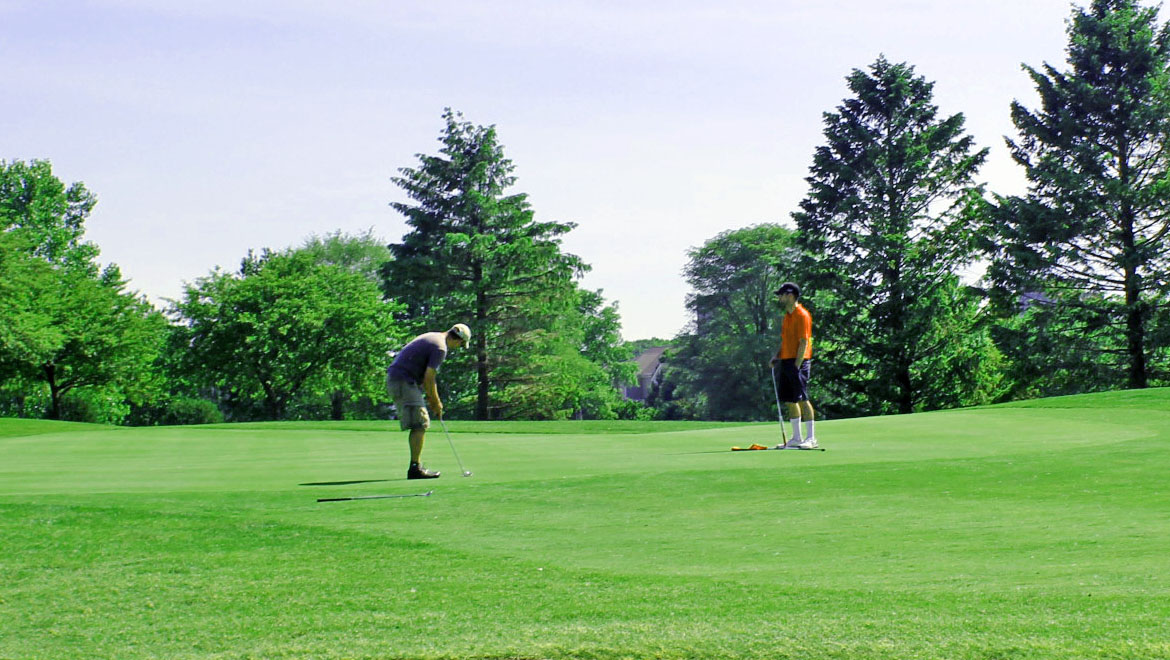Keys to Holing More Putts
In the past we've discussed why distance control is so important to putting and how it can help bring down the total number of putts in a round drastically. Generally speaking, distance control is paramount to good scoring, but when you're over a six-footer to save par, starting it on line is critical. We can work backwards to develop a system for consistent alignment to help make this happen.
One of the easiest and most effective aides to help align the ball correctly at address is simply a line on the side of the ball. You'll see most professionals and better amateurs use a line on the ball that points at the intended starting point they're striving to start the ball on. Working backwards, making sure you have a sightline on your putter that you can get directly in-line with the line on the ball becomes the next goal. If you find you have a difficult time getting your sightline directly in-line with your ball's sightline, you may find that a mallet-style putter with a longer or multiple sightlines makes it easier.One of the easiest and most effective aides to help align the ball correctly at address is simply a line on the side of the ball.
After you set your putter behind the ball that has been aligned properly, your next step is to align your feet parallel to the line on your ball. Most amateurs tend to set their feet too closed, or to the right for a right-handed player, when putting. This causes the need for a stroke that promotes too much manipulation with the hands to close the face through impact. Ideally, once the feet are parallel to the intended starting direction, you'd simply make a stroke with the shoulders, allowing the hands to remain passive.
Next time, we'll get further into the actual stroke itself. In the meantime, if you devote some practice time on the putting green to developing a consistent system of alignments starting with short putts and working outward from the hole, you'll start to see a more predictable result on your starting direction.




